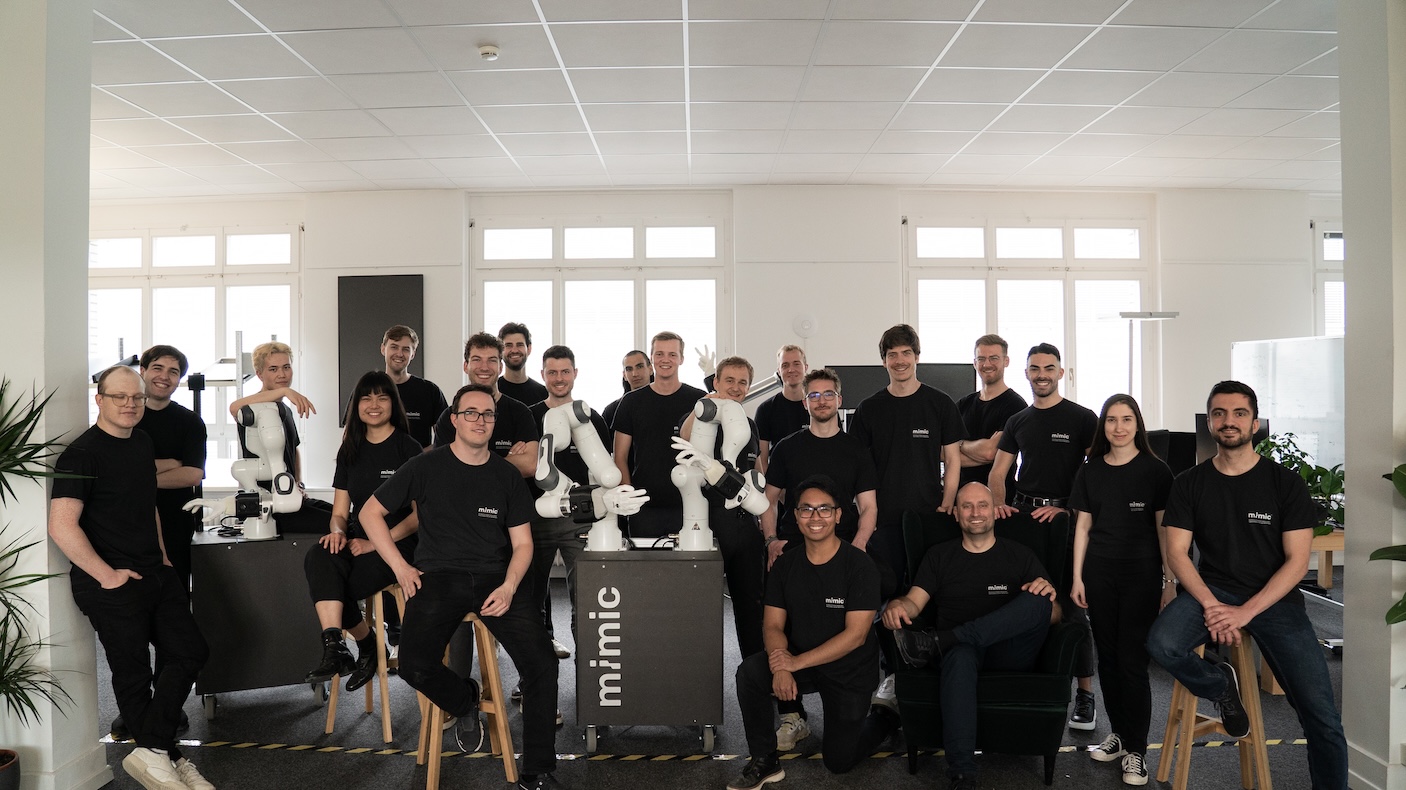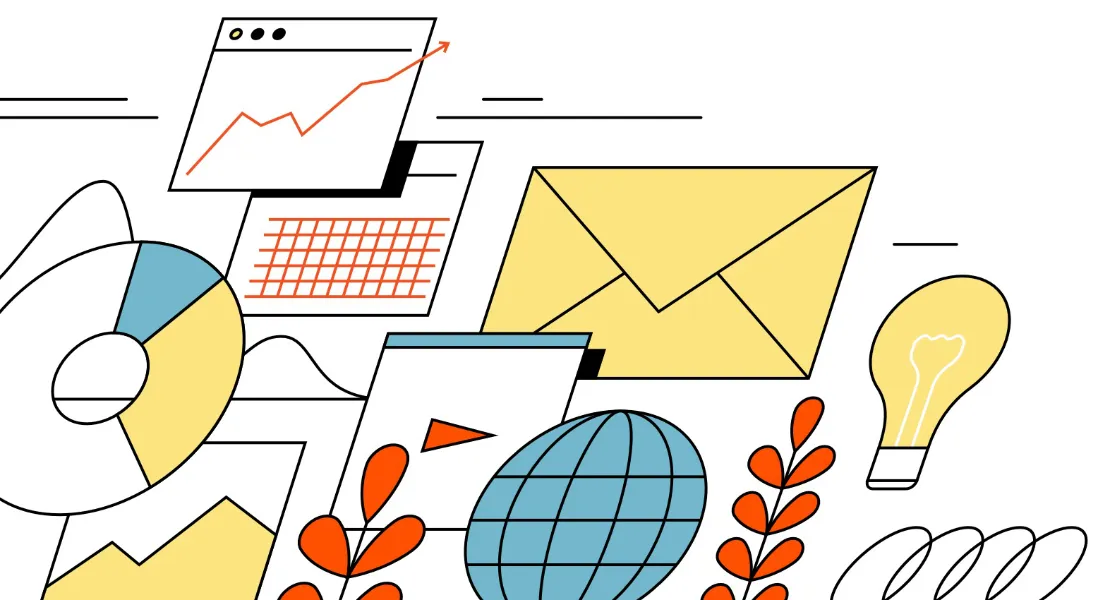Mastering B2B Founder-Led Sales: 3 Simple Steps To Guide You To Success
B2B founder-led sales is a challenging but rewarding process that requires a unique combination of entrepreneurial spirit, technical knowledge, sales experience and above all, pushing out that little voice at the back of your mind called “imposter syndrome.” If you have the meeting, they are interested in your product and there is no one better to talk about your product with than you.
In a B2B setting, founder-led sales is the person responsible for selling the product and part of the founding team of the company. This approach can be highly effective and is essentially a must at the earliest stages, because it allows the founder to leverage their unique understanding of the product, target market, and customer needs to build strong relationships, create direct feedback loops, and ultimately close deals.
There is a lot to understand in B2B sales but we are going to use the 80/20 rule and focus on a simple, structured approach that centers on answering three key questions for sales targets: "What does it do?", "Why do people buy it?" and "Why are you selling?"
Ideal Customer Profile
Quick sidebar before you dive straight into slaying your sales targets. It is essential to have a clear understanding of your Ideal Customer Profile (ICP). An ICP is a detailed description of your target customer, including information about their demographics, pain points, buying behaviors, company hierarchy, and decision-making processes. By defining your ICP (even with just some basic internet research at the start), you can make sure that your sales efforts are focused on the right target market and that your sales pitch is tailored to the specific needs and wants of your customers.
Now, let's answer the three key questions that drive B2B founder-led sales:
- "What does it do?"
- "Why do people buy it?”
- "Why are you selling?”
By answering these questions, you can build a foundation for your sales pitch that is rooted in the value of your product and the specific benefits it provides to your customers.
What does it do?
The first step in structuring your B2B founder-led sales process is to clearly define what your product does and how it solves a specific problem or need (e.g. Job To Be Done) for your customers. This includes understanding the features and functionality of your product, as well as the value proposition that sets it apart from other solutions in the market. When communicating this information to your potential customers, it's important to be clear, concise, and straightforward, focusing on the benefits and impact of your product, rather than simply listing its features.
If you're struggling to perfect this part, have a group session with the founding team along with some outsiders for another perspective. Do the exercise I like to call “Mum’s Twitter Pitch.” Explain what you do in 180 characters so that my mum would be able to understand. So no AI, game-changing, rocket. Just what it does in simple terms.
Why do people buy it?
Once you've established what your product does, the next step is to understand why people buy it. This requires you to identify the key drivers and motivators behind your customer's purchasing decisions. This could include factors such as cost savings, increased productivity, improved customer experience, or reduced risk. By understanding the reasons why people buy your product, you can tailor your sales pitch to highlight the specific benefits that matter most to your customers.
The easy trick here is to record and transcribe any sales meetings and pull out the keywords using a tool like MonkeyLearn or Chat GTP3. Generally, you will quickly find keywords that surface around your core value proposition and why customers are looking to buy.
Why are you selling?
Finally, it's important to understand why you are selling your product. This could be driven by a desire to grow your business, a need to generate revenue, or a belief that your product can make a positive impact in the market. By articulating the reasons behind your sales efforts, you can build credibility with your potential customers and show them that you are passionate and committed to your product and its success.
Give customers a reason to join you on this crazy journey you are on. Approximately 95 percent of purchasing decisions are emotional, so it probably won't be for the marginal 1 percent saving that will get them over the line. Give them the mission clearly and let them know that they are joining a movement.
Build a sales process tailored to your product and target market
Now that you have the “what” and “why” in mind, you can now begin to build a sales process that is tailored to your product and your target market. This process should include several key steps, including:
Prospecting
The first step is to identify potential customers who are likely to be interested in your product and reach out to them to start a conversation. Use a combination of online research, social media, and personal connections to find and engage with potential customers. When reaching out to prospects, it's important to be respectful of their time and attention and to clearly articulate the value that you can offer.
Qualifying
Once you have engaged with potential customers, the next step is to qualify them. Qualifying is the process of determining whether a potential customer is a good fit for your product and whether they have a genuine need for what you're selling. During this stage, you should ask questions to understand their needs, challenges, and decision-making processes, and assess whether your product is the right solution for them. This stage is also an opportunity to address any objections or concerns that your potential customer may have, and to build rapport and trust.
Presenting
After you've qualified a potential customer, the next step is to present your product and its value proposition. This is your chance to demonstrate how your product can help the customer achieve their goals and overcome their challenges. Be prepared to answer questions, provide real-world examples of how your product has helped other customers, and highlight the key features and benefits that are most relevant to the customer's needs.
Closing
The final step is to close the deal and secure the sale. This is where you'll negotiate any final details and confirm the terms of the agreement. It's important to be flexible and open to feedback during this stage, as you may need to make adjustments to meet the customer's needs and secure the sale.
Follow-up
After the sale is complete, it's important to follow up with the customer to ensure that they are satisfied with your product and to address any questions or concerns that may arise. This is also an opportunity to build long-term relationships with your customers and to gain valuable feedback that you can use to improve your product and your sales process. Now we have the “what,” “whys,” and a simple sales structure (bonus points if you put it into a simple CRM system).
This is where 80 percent of startups end their relationship with the customer. They could’ve added some spices and salt to the scrambled eggs. Instead, they just cooked it.
But not you. You know that “Silver service” matters, so are going to spend some time investing in Sales Collateral - Would a 5 Star hotel use non-brand towels and provide no guidance to guests? Clear and well-designed Sales collateral is a must, it is literally what you introduce yourself with and the customer keeps as a lasting impression, that they then hopefully share internally. Don’t cheap out, spend time and money on getting it together. It’s the proverbial goose that can lay golden eggs.
Here’s a list of sales collateral items that can be useful in B2B sales:
- Product brochures: Detailed descriptions of your products or services, including features, benefits, and pricing information
- Case studies: Real-world examples of how your products or services have helped other customers solve problems and achieve their goals
- Product demos: Interactive presentations that demonstrate the key features and benefits of your product, usually delivered online or in person
- Whitepapers: Detailed research reports that provide insights and information on industry trends, best practices, and the benefits of your product
- Sales decks: Presentations that summarize the key elements of your product and its value proposition, usually delivered in a meeting or webinar
- Testimonials: Quotes from satisfied customers that provide credibility and social proof for your product
- Customer success stories: Detailed accounts of how your products or services have helped customers achieve their goals and overcome their challenges
- Price sheets: Detailed information on the pricing of your products or services, including any discounts, special offers, or financing options.
- FAQs: A list of frequently asked questions about your product or service, and the answers to those questions
- User guides: Step-by-step instructions for using your product or service, including tips and best practices
- Product samples: Physical samples of your products that customers can try out before making a purchase
- Marketing videos: Short videos that showcase the key features and benefits of your product, usually posted on your website or social media channels
Articulate the value of your product so that it resonates
These are just a few examples of the types of sales collateral that can be used in B2B sales. The specific items that you choose will depend on your target market, your product or service, and your sales goals. But in general, having a variety of high-quality sales collateral materials can help you build credibility, establish your expertise, and close more deals.
“But this is a lot!”
What if I told you that one item on the above list can be turned into seven different content items? It makes it a lot more attractive. Take brochures, as an example. Each section can be turned into social media posts, videos, landing pages, short little blog pieces, onboarding emails, and downloadable content. All content should and can be remixed into different formats and channels.
B2B founder-led sales is an effective way to grow your business and build strong relationships with your customers. By answering the three key questions of "What does it do?", "Why do people buy it?" and "Why are you selling?," and following a structured sales process, you can create a clear and compelling sales pitch that resonates with your target market and drives results.
Just remember, the most important aspect of B2B founder-led sales is having a deep understanding of your customers and their needs, and being able to articulate the value of your product in a way that resonates with them.
Want more updates on our portfolio? Sign up for our monthly newsletter and follow us on LinkedIn.













.svg)
